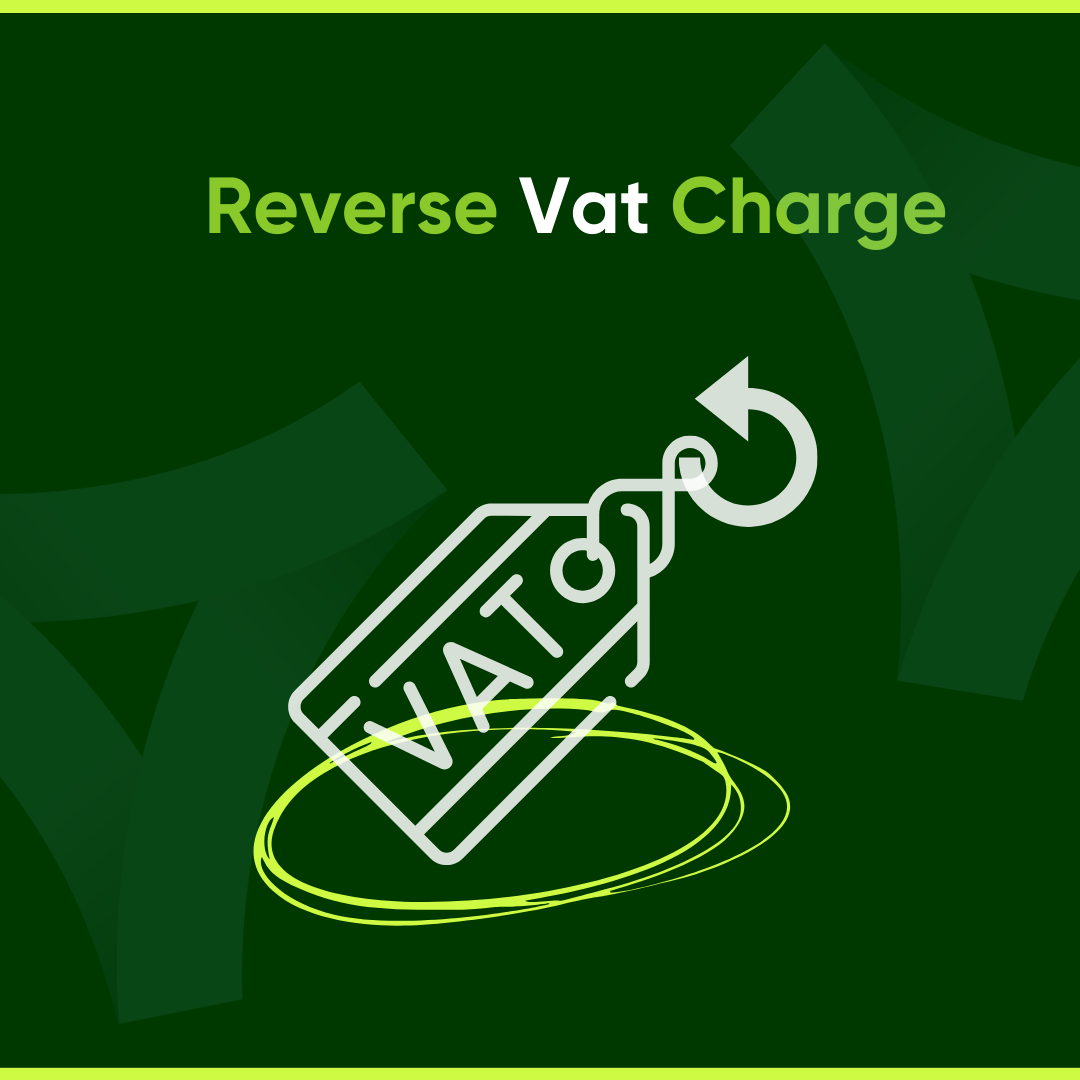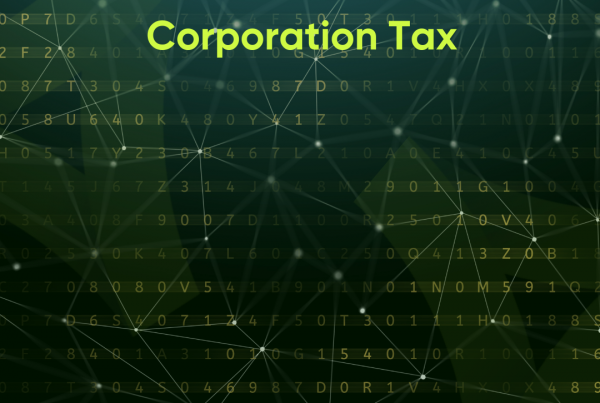
The Value Added Tax reverse in the construction industry is aimed to reduce all the VAT frauds in the construction sector.
Reverse Charge on VAT in Construction Industry
The reverse charge is applicable on the following construction services:
- Installing services that are offshore, construction, alteration, repair, and demolition of buildings, etc.
- Any services required for the demolition, repair, alteration, and construction of structures like roads, walls, runways, water mains, etc. The services used for the cleaning of these structures at the time of the required services are also included.
- If any building is painted or decorated internally or outside, you can use the reverse charge.
- The essential tasks like boring, excavation and other things are required to prepare or complete the above-mentioned services of the buildings and structures.
Reverse charge on VAT, in this case, is applicable if:
- The services or supplies are related to construction.
- Both parties, the supplier and the consumer are CIS registered.
When is the reverse charge not applicable for construction services?
- You cannot use the reverse charge if the services include:
- Natural gas or oil extraction.
- Services like boring and tunneling etc., for mineral extraction.
- Manufacture of engineering or building equipment.
- Blind and shutter installation along with the installation of sculptures and murals etc.
- Installation of security system for the buildings and other structures.
If you are a Sub-contractor selling services:
You can conventionally charge VAT if your customers are the end-user of the building or any other services. However, you need to reverse charge VAT if your customer is a subcontractor or not the end-user of the building or the services. You apply a reverse charge on the invoice that includes the labor cost and materials etc.
If you are the Contractor Purchasing Services:
If you are a VAT registered contractor then you need to reverse charge VAT through your accounting software in your purchase invoice whereas your VAT registered subcontractor will add no VAT in the sales invoice. It means as a user or purchaser of the services, you pay the VAT amount directly to HMRC instead of paying it to the supplier or contractor.
How does it Work?
Consider John is a subcontractor hired by XYZ Ltd (VAT and CIS registered) to provide a construction service. John does a plumbing work for XYZ ltd and invoices it with £2000 (service charge) and £400 (VAT amount).
Under the reverse charge law, John only invoices XYZ Ltd with the service charges of £2000 in the total bill and adds up a note that the VAT amount shall be reversed and paid by XYZ Ltd itself. The company, as the contractor or the user of the service, reverse charges the VAT amount on its purchase invoice, and pays the VAT amount of £400 directly to HMRC.
You can use reverse charge, so you don’t have to pay or reclaim anything extra from HMRC. You can follow the normal VAT rules if you are not eligible for the reverse charge on the Value Added Tax (VAT).


